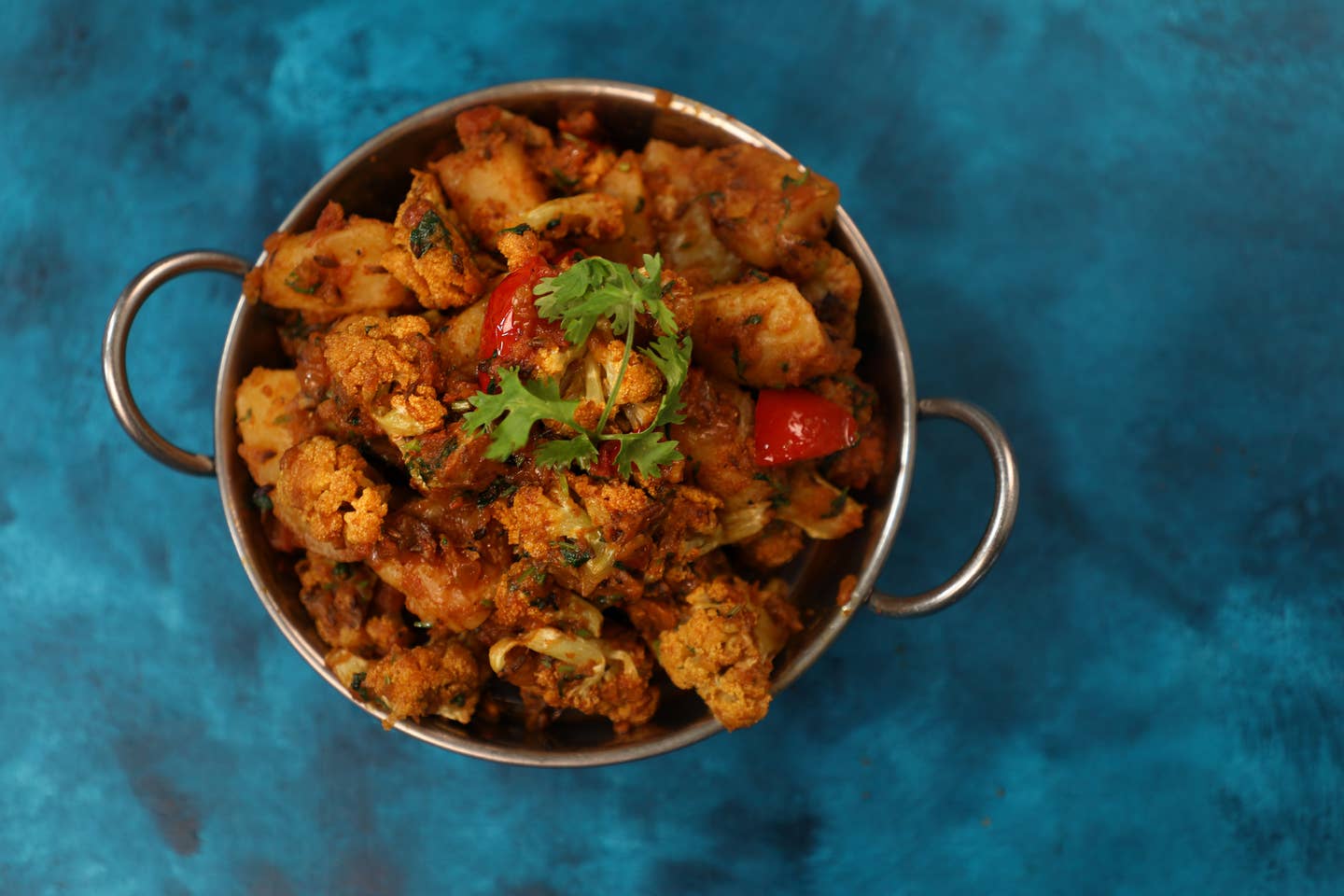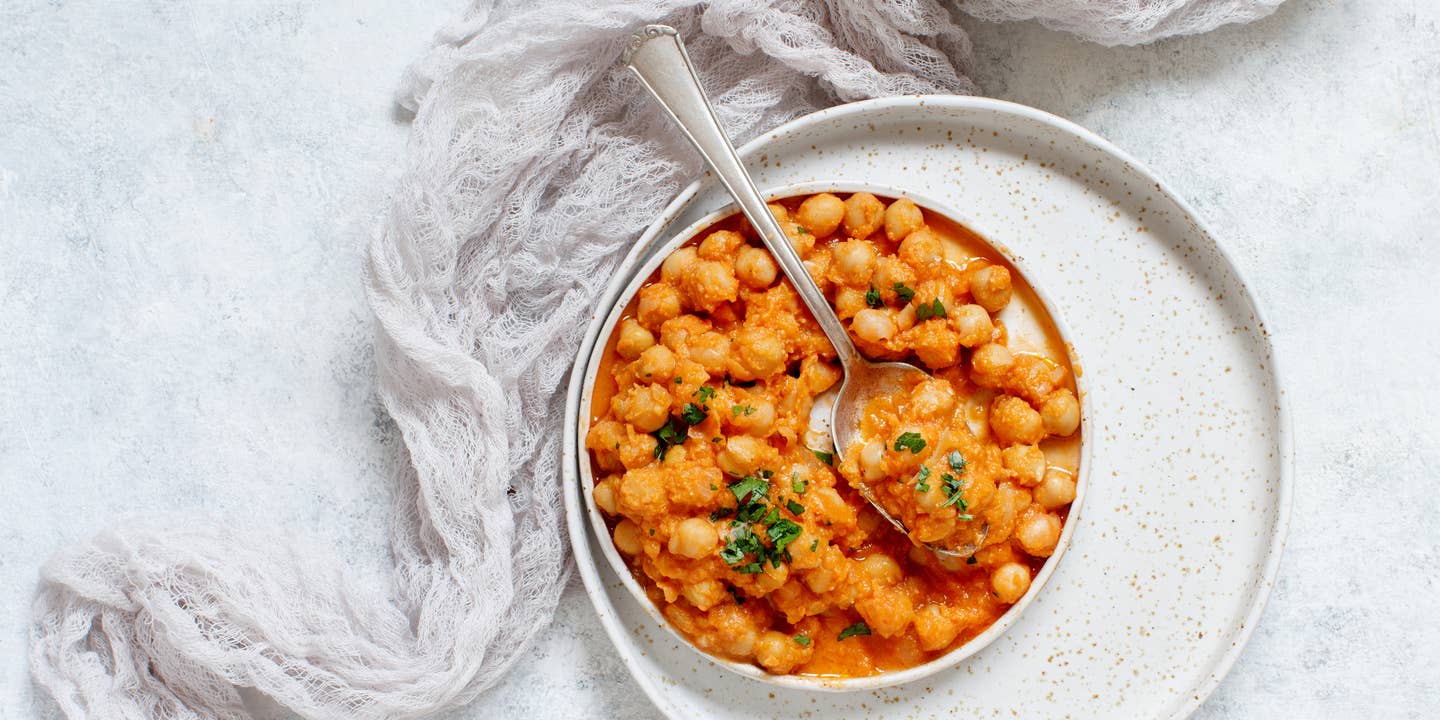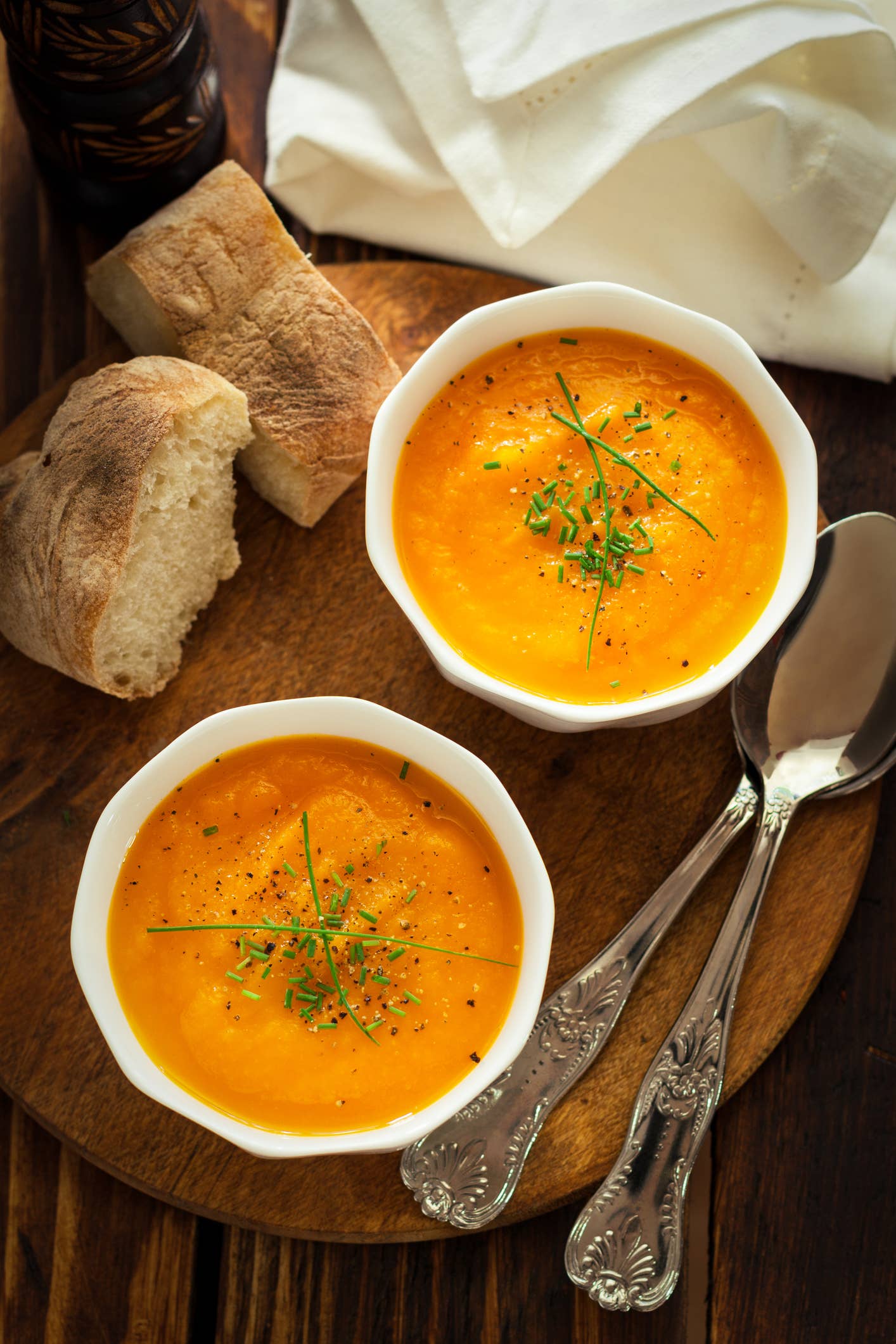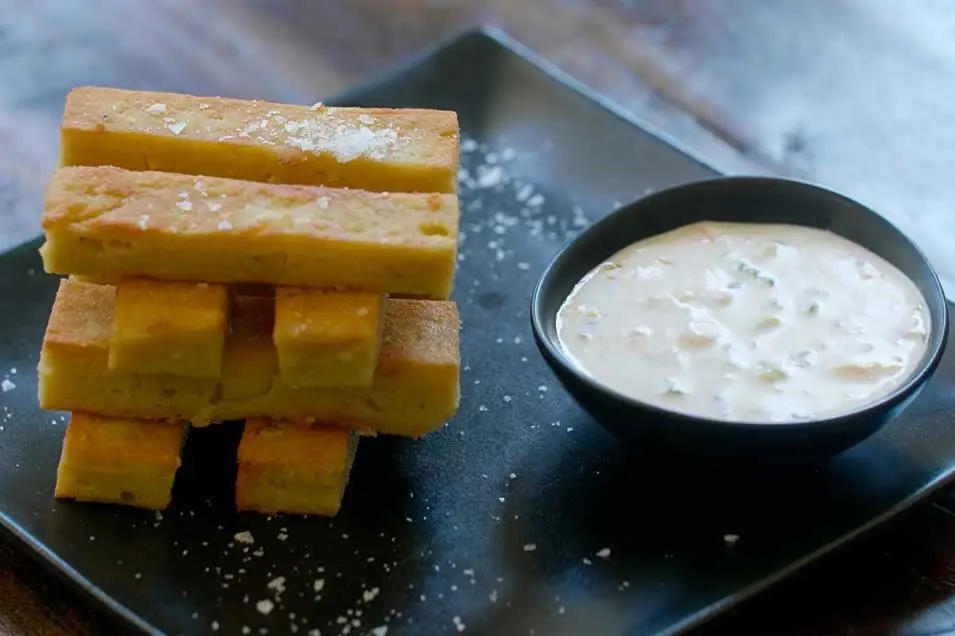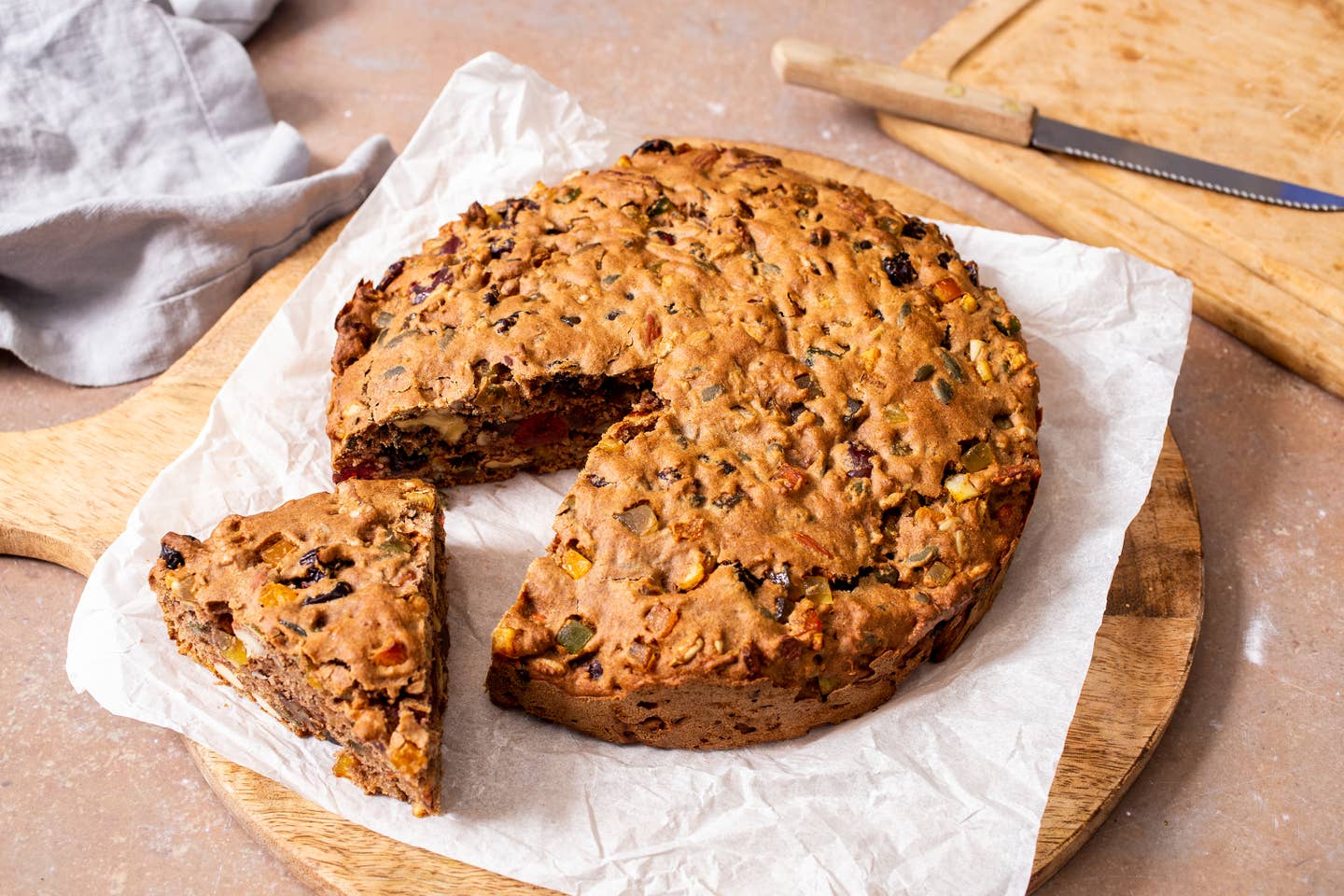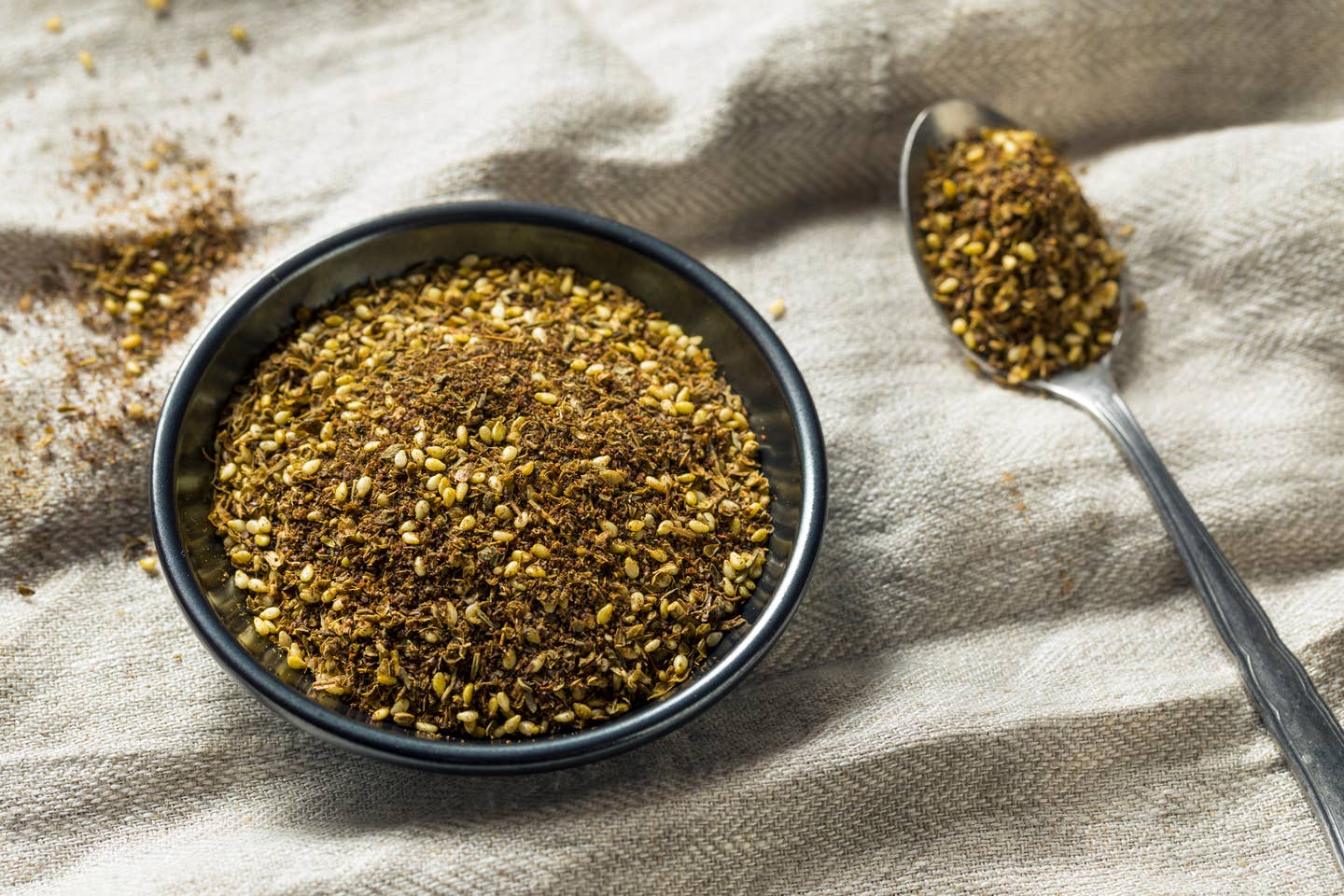
Why Should You Eat Za’atar: The Mediterranean Spice Mix Regulates Blood Pressure
You may have seen Za’atar on the menu at your local Eastern Mediterranean restaurant or in the recipe of a Middle Eastern dish. What is it and why should you go out of your way to add it to dishes like hummus and vegetables? Za’atar is a mix of spices, including dried oregano, thyme, or marjoram, sumac, and toasted sesame seeds, known to have health benefits such as suppressing coughing and lowering blood pressure. It's easy to make, and each recipe (often a closely-guarded secret) varies depending on which region it's from, and even which household.
Za-atar is a spice mix used for centuries in Levantine food, from the region on the eastern side of the Mediterranean called Levant, which got its name in the 13th century from the French word for rising, since it was the direction of the Sun's rise, and signified to European Maritimers all the lands to the east of Venice. Today it is the region made up of Turkey, Israel, Jordan, Lebanon, Palestine, Egypt, Syria, and Turkey, Cypress, and Greece.
Za’atar is not only a delicious way to add flavoring to dishes but has numerous health properties and rich history of use in the Mediterranean diet. It’s been referenced in the bible and even found in food eaten by ancient Egyptians, including the Pharaohs. It was often used medicinally to treat ailments such as coughs and more. Modern research into Za’atar confirms why: It contains vitamins A, C, E, and K and has been shown to deliver a host of healthy antioxidants, antiseptic properties, and anti-fungal agents. Za'atar been shown to help control coughing fits in patients with bronchitis, and dried sumac, one of the key ingredients, has been shown to lower blood pressure and can be beneficial for those with type 2 diabetes.
Za’atar can be used in any dish where ordinarily oregano or thyme are called for. Here are 5 easy ways to add Za’atar into everyday meals and a basic recipe for the herb mix itself.
Crispy Za’atar Potato Wedges
Serves: 4-5
- 900 grams of potatoes preferably organic russet potatoes but any potatoes suitable for roasting would work.
- 4 tbsp of good quality olive oil
- 2 tbsp za’atar
Instructions
- Cut into wedges of your desirable size and shape but try to make sure they are similar to each other to ensure even cooking. You can keep the skins on if you like.
- Preheat the oven at 200 degrees Celsius.
- Wash, drain and dry the potatoes with a lint free towel by patting them lightly. Cover a baking tray with tin foil.
- Drizzle olive oil and make sure each potato strip is covered from all sides. Lay the potato strips out with a slight space between them so that they can cook evenly.
- Sprinkle za’atar over the potatoes and ensure they are evenly coated.
- Roast the potatoes for 30 mins and turn them over bake for another 15 – 20 mins or until golden, crispy and easily pierced through with a fork.
Za’atar Salad Croutons
Serves: 4
- 2-3 loaves of pitta bread
- 2 tbsp of olive oil
- 3 tbsp of za’atar
Instructions
- Preheat the oven at 200°C and line a tray with baking paper or tin foil. Cut pita bread into bitesize pieces drizzle the olive oil over them and sprinkle the za’atar. Mix well until every piece is well covered.
- Turn the heat down to 180°C and put the tray in the oven, set the timer for 7-10 mins or until golden brown.
Cauliflower Roasted Za’atar
Serves: 4
- 1 large head of cauliflower
- 3 tbsp of good quality olive oil
- 2 tbsp of za’atar
Instructions
- Preheat the oven to 180 degrees Celsius.
- Combine the za’atar and olive oil in a large mixing bowl.
- Cut the cauliflower into florets and wash and dry with a lint free towel by patting lightly.
- Add the florets to the bowl with the olive oil and za’atar and mix well.
- Cover a baking tray with tin foil and transfer the za’atar covered florets onto it, ensuring there is enough space between them to allow them to roast evenly.
- Bake for 15 mins and flip over, bake for another 15 or until slightly browned on the edges and tender.
Za’atar Glazed Roasted Eggplant
Serves: 1
- 1 large eggplant
- 3 tbsp of olive oil
- 2 tbsp za’atar
- 1 tbsp of honey
- Generous pinch of salt
Instructions
- Slice the eggplant lengthways into 1 inch thick planks removing the top stem
- Lay a baking sheet and salt the eggplant planks generously on either side and lay onto the baking sheet or in a colander and let sit there for 30 mins. This will drain the water from them. Then preheat the oven to 200 degrees Celsius
- Rinse the salt off the eggplant and pat dry thoroughly with paper towels on each side.
- Mix the honey, olive oil and za’atar until well combined and then brush both sides of the eggplant lightly. Make sure you brush the edges too placing them on a tray with a baking sheet.
- Roast the eggplant for 20 mins, flip and roast for 10-15 more until tender.
- Remove and brush once more with the honey za’atar glaze and serve. Delicious with a side salad or on a bed of quinoa.
And finally, a very basic recipe for homemade za’atar if you can’t find it at the store. This can be mixed with olive oil and spread over bread, drizzled over roast vegetables or vegan pizza.
Za’atar Spice Blend
Makes 1 Cup
- 1tsp fine salt
- 6 tbsp ground sumac
- 6 tbsp good quality dried thyme
- 6 tbsp toasted sesame seeds
Instructions
- Mix everything very well until combined
- To make a spread mix 3 tbsp of the za’atar with ½ cup of good quality olive oil. This can be adjusted to suit your preferences can be stored and used repeatedly in an airtight container.
More From The Beet
